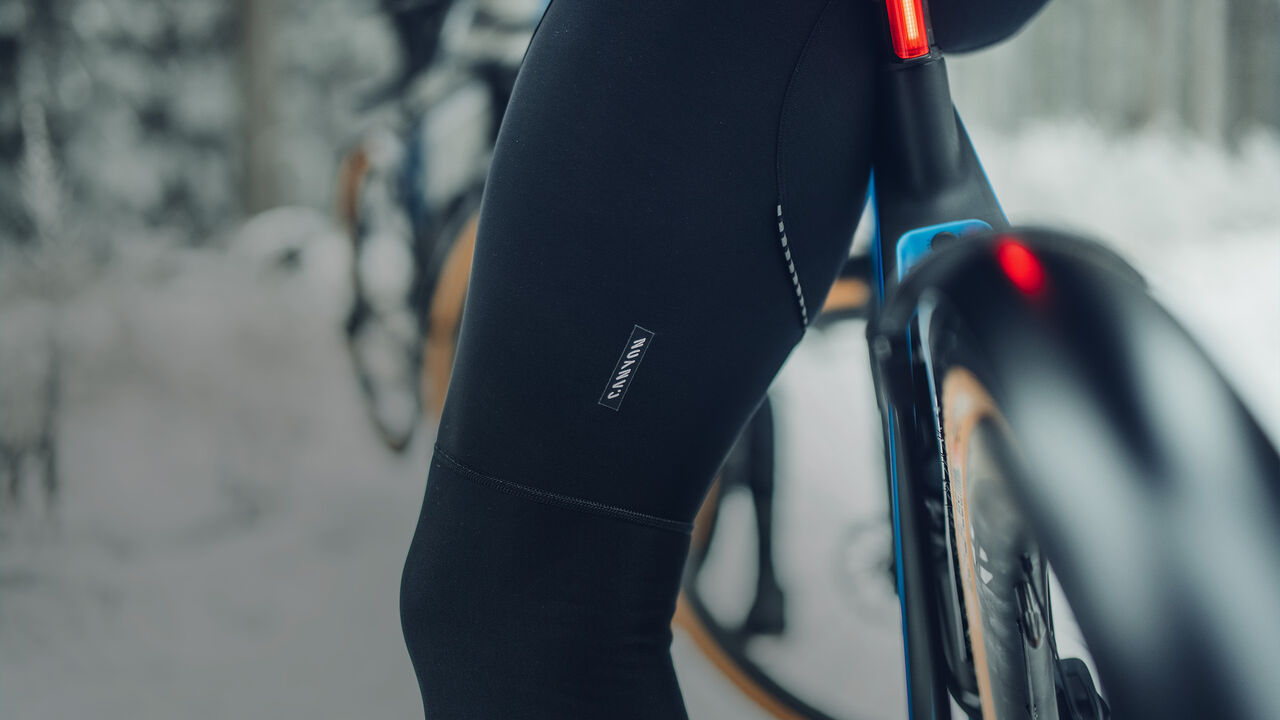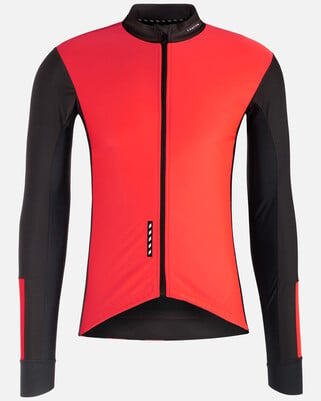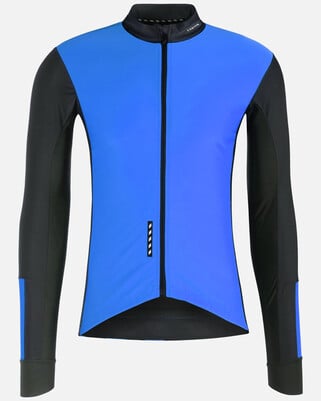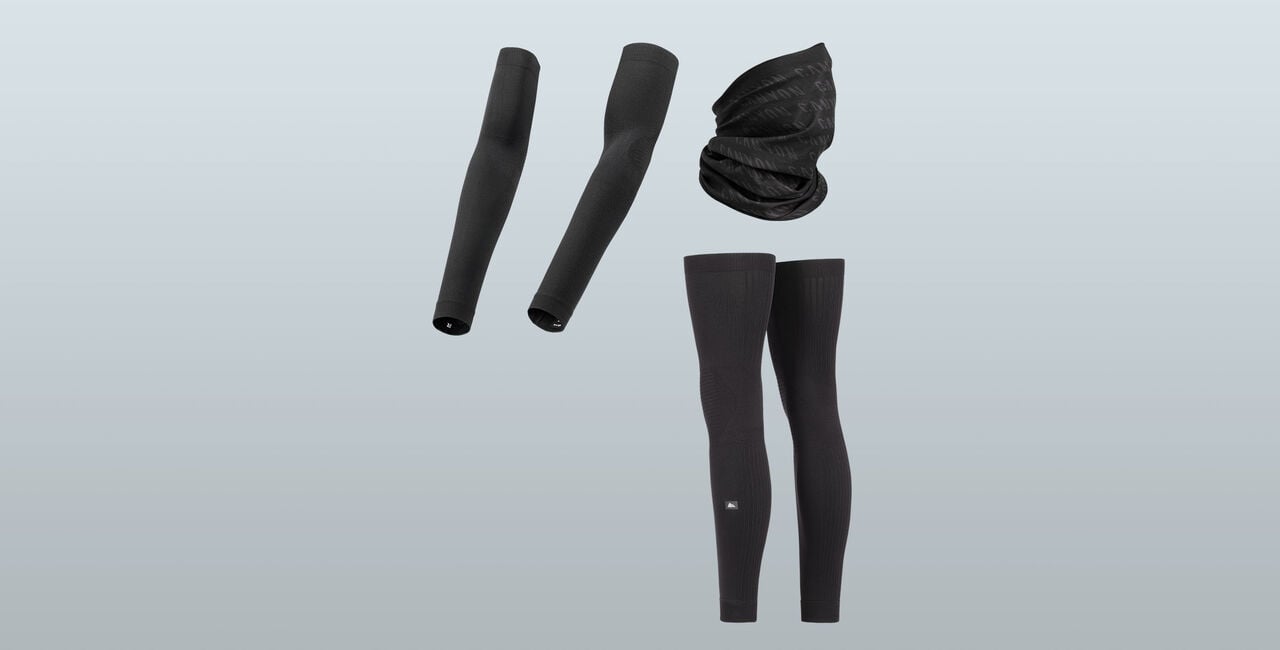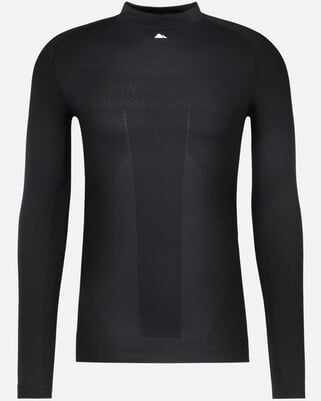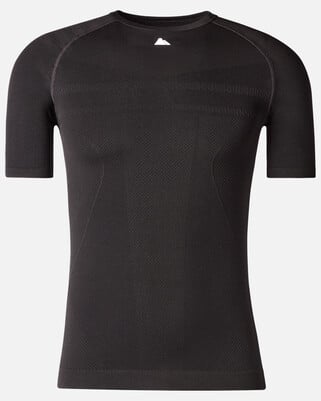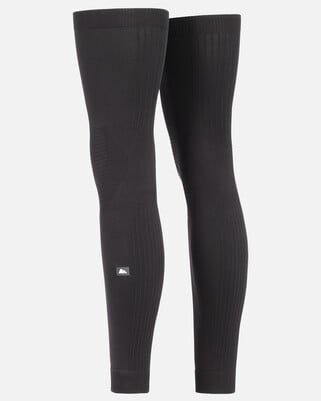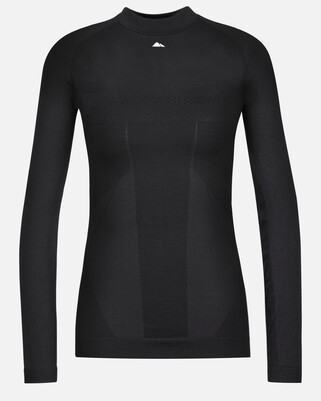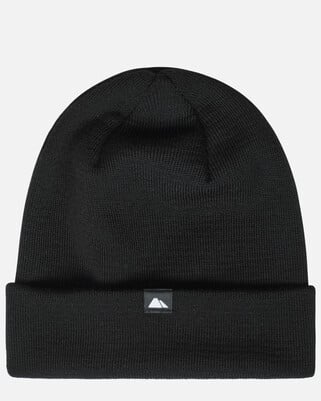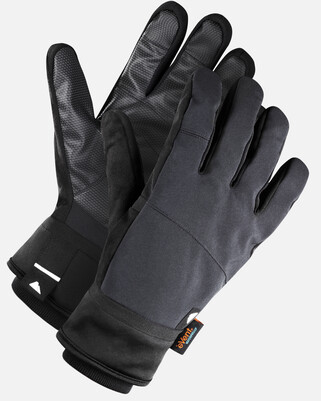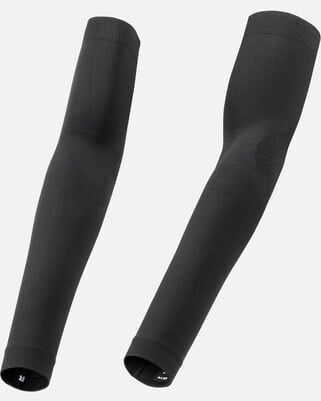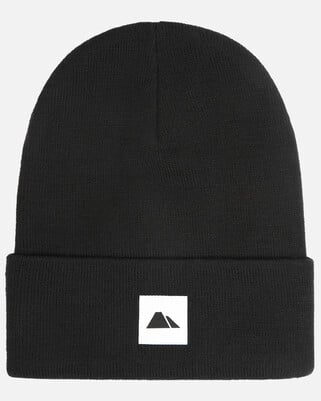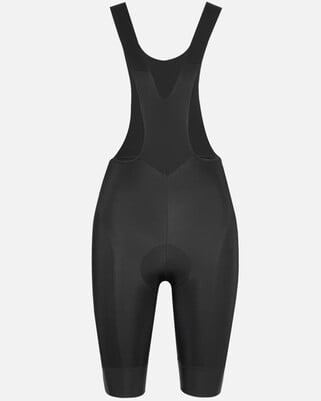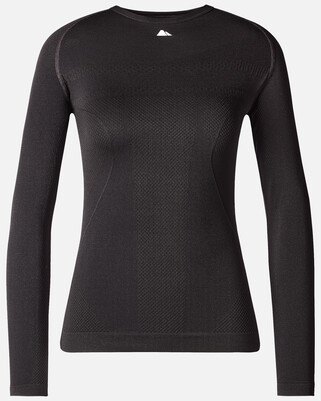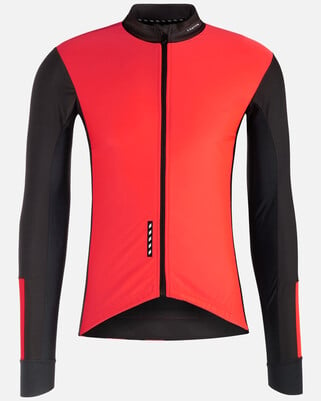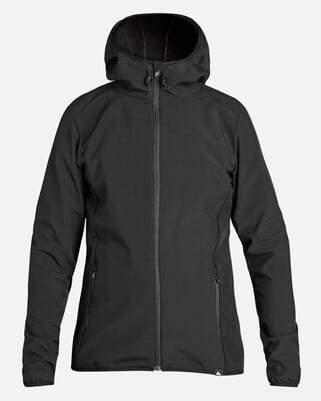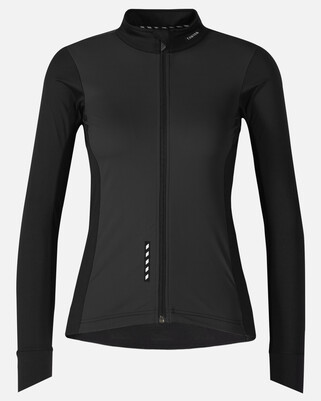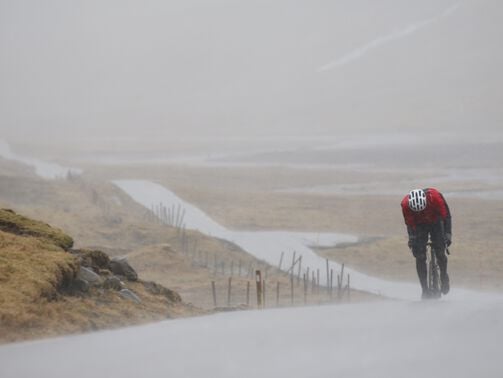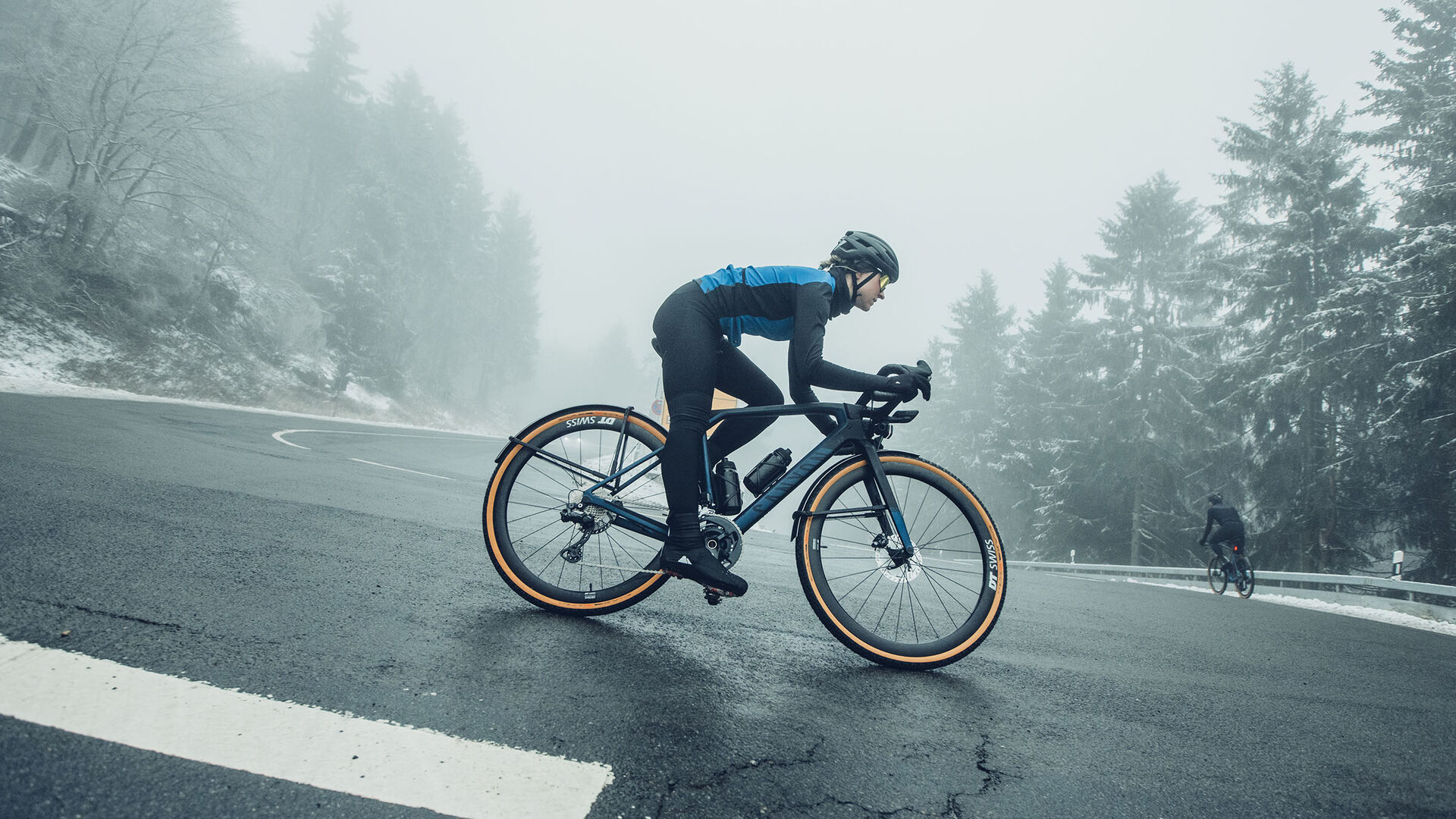
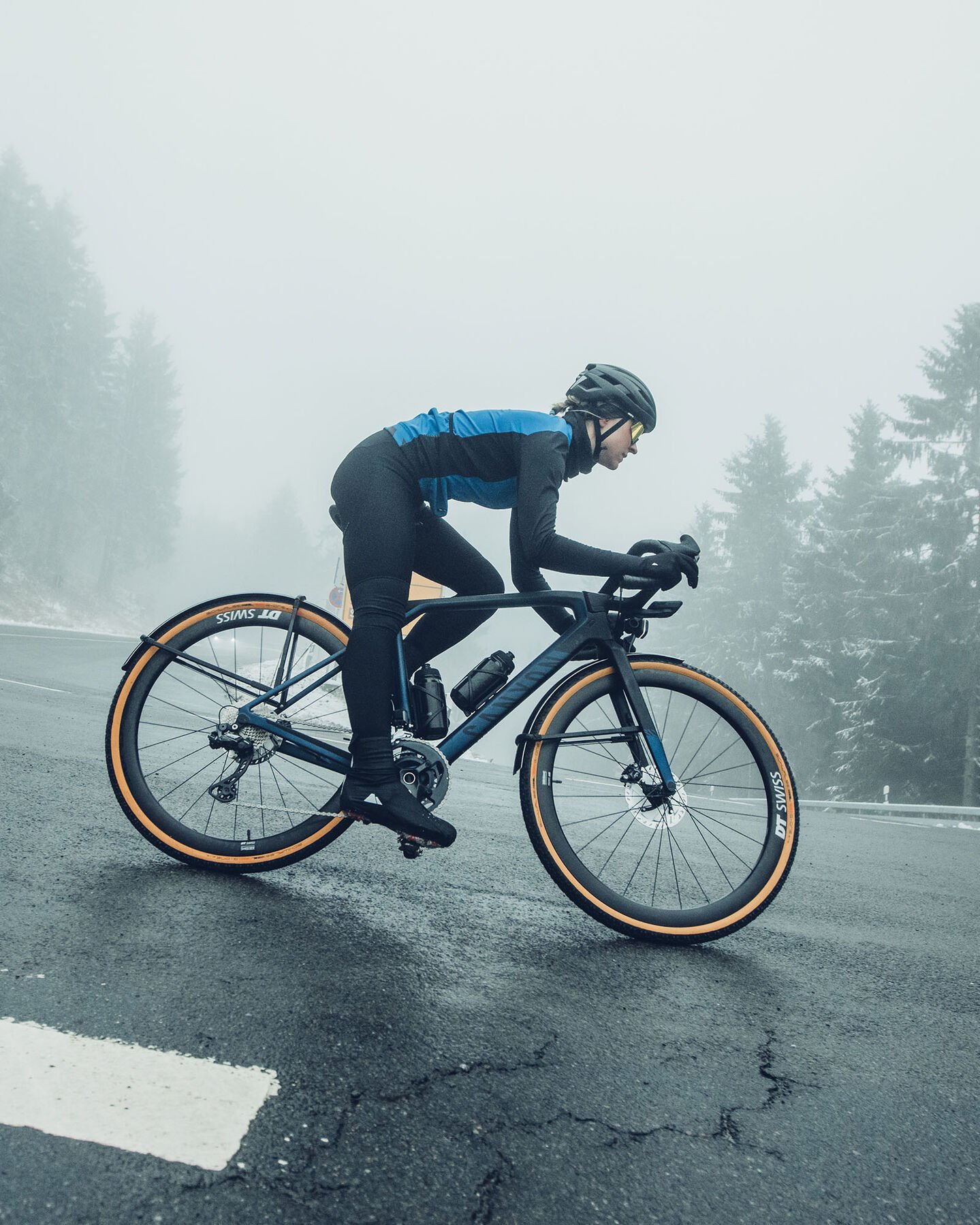
Best winter cycling clothes
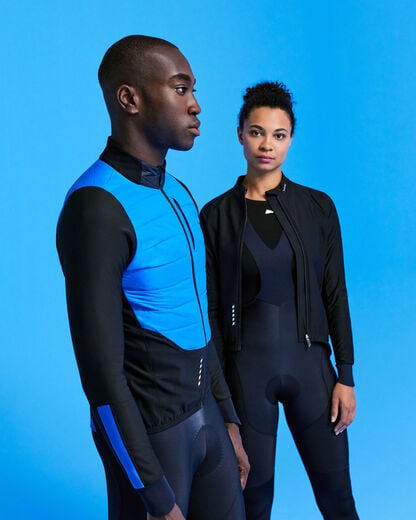
Be ready for the colder months
Riding in the coldest months of the year can be a fantastic experience, as long as you’re comfortable on the bike. Our range of winter riding kit is specially designed to keep the rain out, warmth next to your skin and push moisture away from your body.
All products of category Winter Gear
-
89,95 €Original price
139,95 €You save 50 € -
78,95 $Original price
159,95 $You save 81 $ -
From 9,95 €Original price
34,95 €Save up to 25 € -
19,95 €Original price
39,95 €You save 20 € -
From 4,95 $Original price
19,95 $Save up to 15,00 $ -
19,95 $
-
84,95 €Original price
169,95 €You save 85 € -
79,95 €Original price
114,95 €You save 35 € -
53,95 $Original price
109,95 $You save 56 $ -
129,95 $Original price
249,95 $You save 120 $
